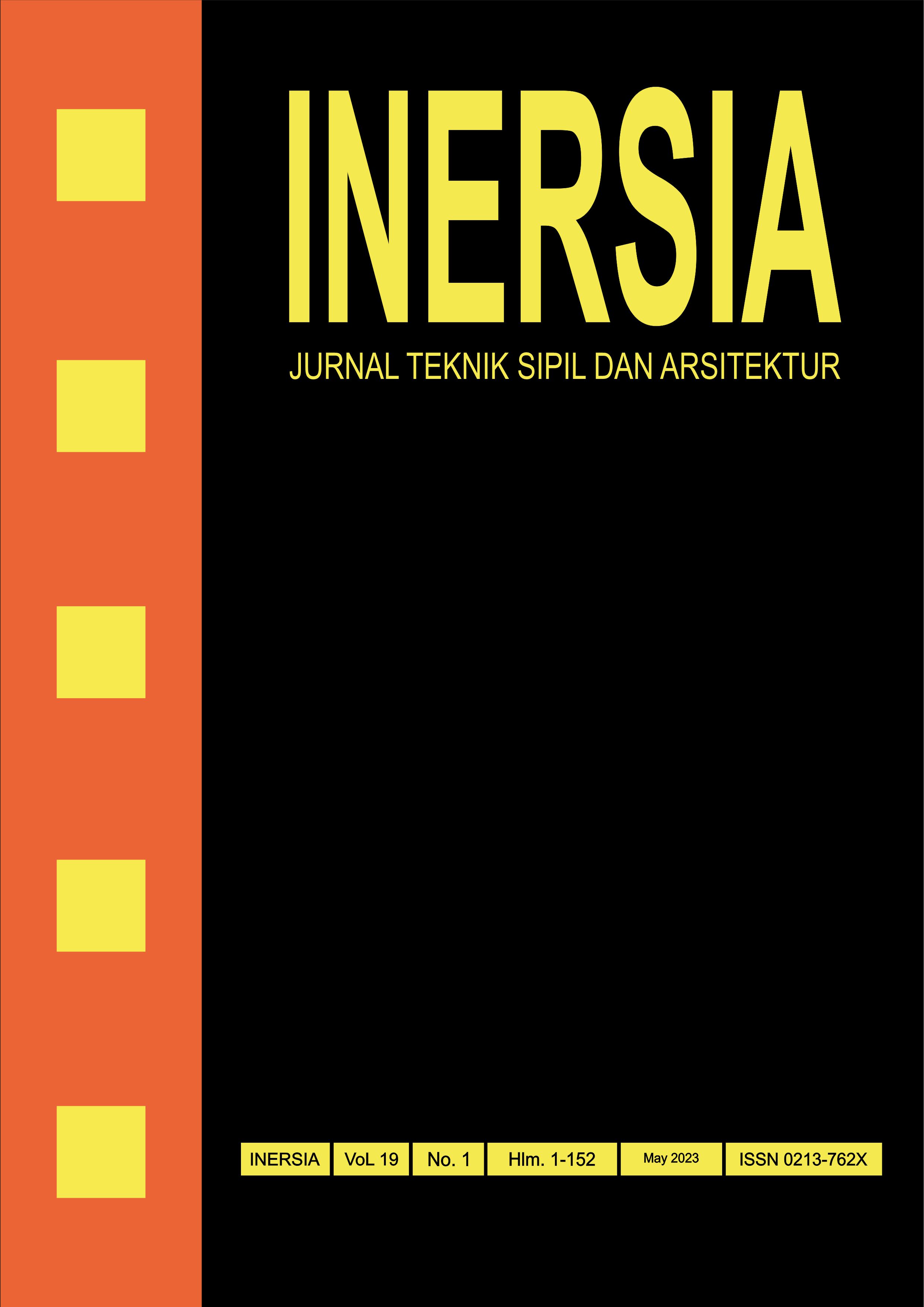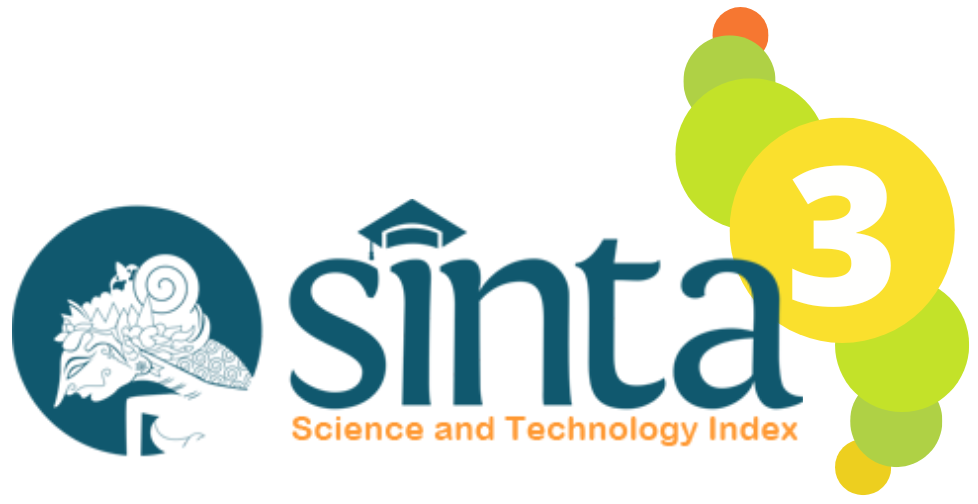Evaluation of Flood Control Performance in the Talangsari Watershed, Samarinda, East Kalimantan
DOI:
https://doi.org/10.21831/inersia.v19i1.54144Keywords:
river, flood, Flood control, Normalization, HEC-RAS, Talangsari RiverAbstract
The flood issues in the Talangsari River in Samarinda City were not only caused by high rainfall but also by the significant sediment accumulation and waste along the river, the encroachment of residential areas onto the river section, and the lack of public awareness regarding environmental cleanliness. As a result, flooding occurs throughout the Talangsari River, from upstream to downstream, indicating significant damage to the river. Considering these issues, proactive measures are necessary to address the flood problems. One such measure is the normalization of the Talangsari River to ensure smooth land transportation from and to Apt Pranoto Airport in the Sei Siring area, Bontang City, Sangatta, and Kutai Kartanegara. The flood discharge plan was estimated using Nakayasu and SCS synthetic unit hydrograph method. The analysis revealed a peak discharge of 6.39 m3/s for the existing conditions (2-year return period) and 13.38 m3/s for the normalization conditions (25-year return period). Subsequently, the simulations were performed using the HEC-RAS program by two scenarios: the existing river condition and the normalization scenarios. Following the simulation with the 2-year return period discharge for the existing conditions, the Talangsari River experienced upstream to downstream flooding, underscoring the need for flood mitigation measures. The river normalization simulation using the 25-year return period discharge considered dimensions such as a channel width of 7m and a depth of 3.5m. As a result of the normalization simulation, the Talangsari River successfully accommodated a flow of 13.38 m3/s without experiencing flooding, confirming that the decision to pursue normalization was the best choice.
References
Peraturan Pemerintah Republik Indonesia Nomor 38 Tahun 2011 Tentang Sungai. 2011.
J. Mantik, A. Mutiara Dimaputri, F. Risyadi, and G. Nur Putra Pratama, "Flood Management Strategy in Samarinda City, East Kalimantan Province," 2022.
V. , T. Chow, Applied Hydrology. New York: McGraw-Hill, 1988.
D. Luknanto, "Analisis Frekuensi." Yogyakarta, 2012.
Istiarto, Modul Pelatihan Pemakaian HEC-RAS. Yogyakarta, 2014.
R. Benny Sukmara and R. Shyan Wu, "The 20 th Cross-strait Symposium on Environment, Resources and Ecological Conservation å°åº¦å°¼è¥¿äºžä¸‰é¦¬æž—é”的洪水管ç†ï¼šæœ€æ–°é€²å±• Flood Management in Samarinda, Indonesia: Recent Progress," 2021, doi: 10.20944/preprints202102.0524.v1.
R. J. Kodoatie, Rekayasa dan manajemen banjir kota. 2013.
A. Junaidi, N. Nurhamidah, and D. Daoed, "Future flood management strategies in Indonesia," in MATEC Web of Conferences, EDP Sciences, Nov. 2018. doi: 10.1051/matecconf/201822901014.
B. Triatmodjo, Hidrologi Terapan. Yogyakarta: Beta Offset, 2019.
BMKG, "Curah Hujan," BMKG, 2022. https://dataonline.bmkg.go.id/home (accessed Jan. 15, 2022).
S. Harto, Hidrologi Teori, Masalah, dan Penyelesaian. Yogyakarta: Nafiri Offset, 2009.
JAXA Global Rainfall Watch, "JAXA Global Rainfall Watch (GSMaP) ," JAXA, 2022. https://sharaku.eorc.jaxa.jp/GSMaP/index.htm (accessed Jan. 15, 2022).
TRMM / GPM / GSMaP, "How about using rain data?" [Online]. Available: http://sharaku.eorc.jaxa.jp/GSMaP/index_e.htm
Learn Culvert Studio, "Manning's n-values," Learn Culvert Studio, 2022. hydrologystudio.com (accessed Apr. 01, 2022).
M. Syahrin, G. Rukmana, D. Rachman, A. Harakan, and F. Tadjine, "Sister city bottom up collaborative model plan as a major flooding mitigation in Samarinda," European Alliance for Innovation n.o., Jun. 2019. doi: 10.4108/eai.8-12-2018.2284017.
Downloads
Published
How to Cite
Issue
Section
License
Authors who publish with INERSIA journal agree to the following terms:
- Authors retain copyright and grant the INERSIA journal right of first publication with the work simultaneously licensed under Creative Commons Attribution License (CC BY 4.0) that allows others to share the work with an acknowledgment of the work's authorship and initial publication in this journal.
- Authors can enter into separate, additional contractual arrangements for the non-exclusive distribution of the published version of the work (e.g., post it to an institutional repository or edit it in a book), with an acknowledgment of its initial publication in this journal.
- Authors are permitted and encouraged to post their work online (e.g., in institutional repositories or on their website) before and during the submission process, as it can lead to productive exchanges, as well as earlier and greater citation of published work.

INERSIA by https://journal.uny.ac.id/index.php/inersia was distributed under a Creative Commons Attribution 4.0 International License











